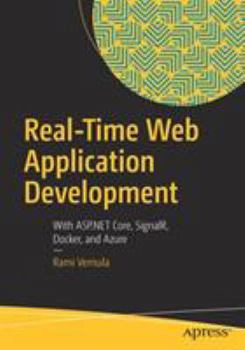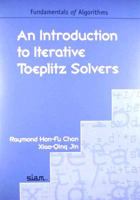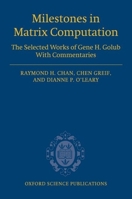Real-Time Web Application Development: With ASP.NET Core, Signalr, Docker, and Azure
Select Format
Select Condition 
Book Overview
Provides an end to end approach on design, development and deployment of web applications
Uses a unique combination of open source tools and technologies rarely used together
Includes real world business cases for readers to resolve issues with their live applications
Covers code versioning, containerization and build management for real-time applications
Uses a unique combination of open source tools and technologies rarely used together
Includes real world business cases for readers to resolve issues with their live applications
Covers code versioning, containerization and build management for real-time applications
Format:Paperback
Language:English
ISBN:1449309879
ISBN13:9781449309879
Release Date:September 2011
Publisher:Maker Media, Inc
Length:130 Pages
Weight:0.39 lbs.
Dimensions:8.5" x 0.4" x 5.5"
More by Raymond H. Chan
Customer Reviews
6 customer ratings | 5 reviews
There are currently no reviews. Be the first to review this work.

























